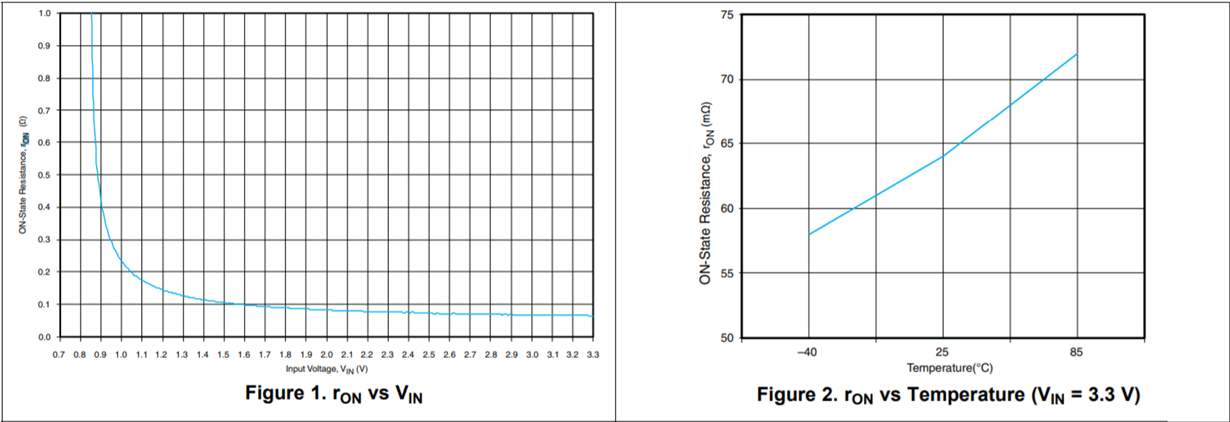Hi guys,
I have a customer with a battery operated product that wants to add OCP to a rail and turn off a load switch if that happens. Obviously burning power across a shunt is less than ideal, is there any way to take the voltage drop across the load switch and use that voltage to feed into the load switches on/off pin with an INA300 or similar part? Not sure the threshold accuracy needs to be high, so maybe INA300 is overkill, but just wanted to know in general if that was an approach you guys had heard of.
Thanks,
Brian


